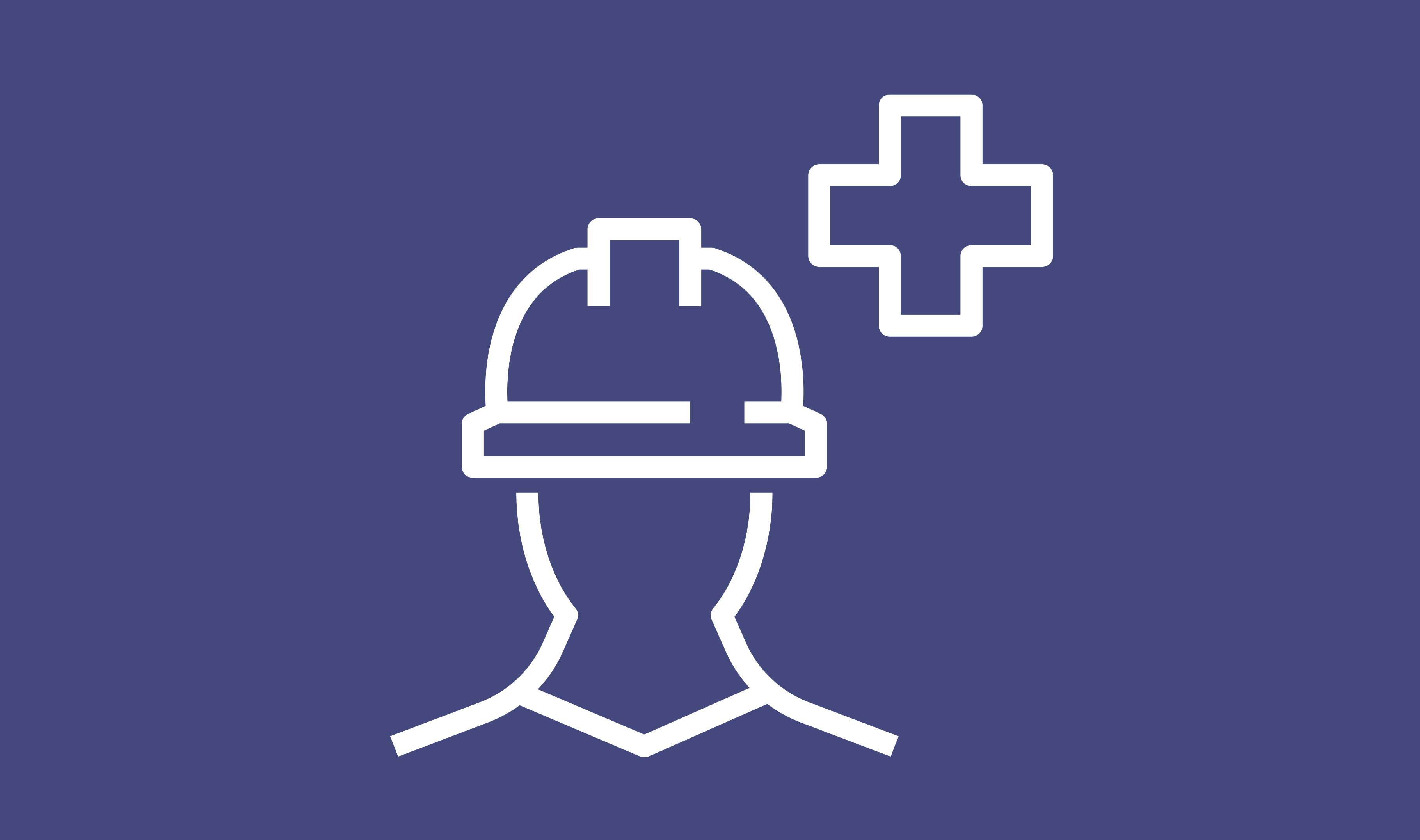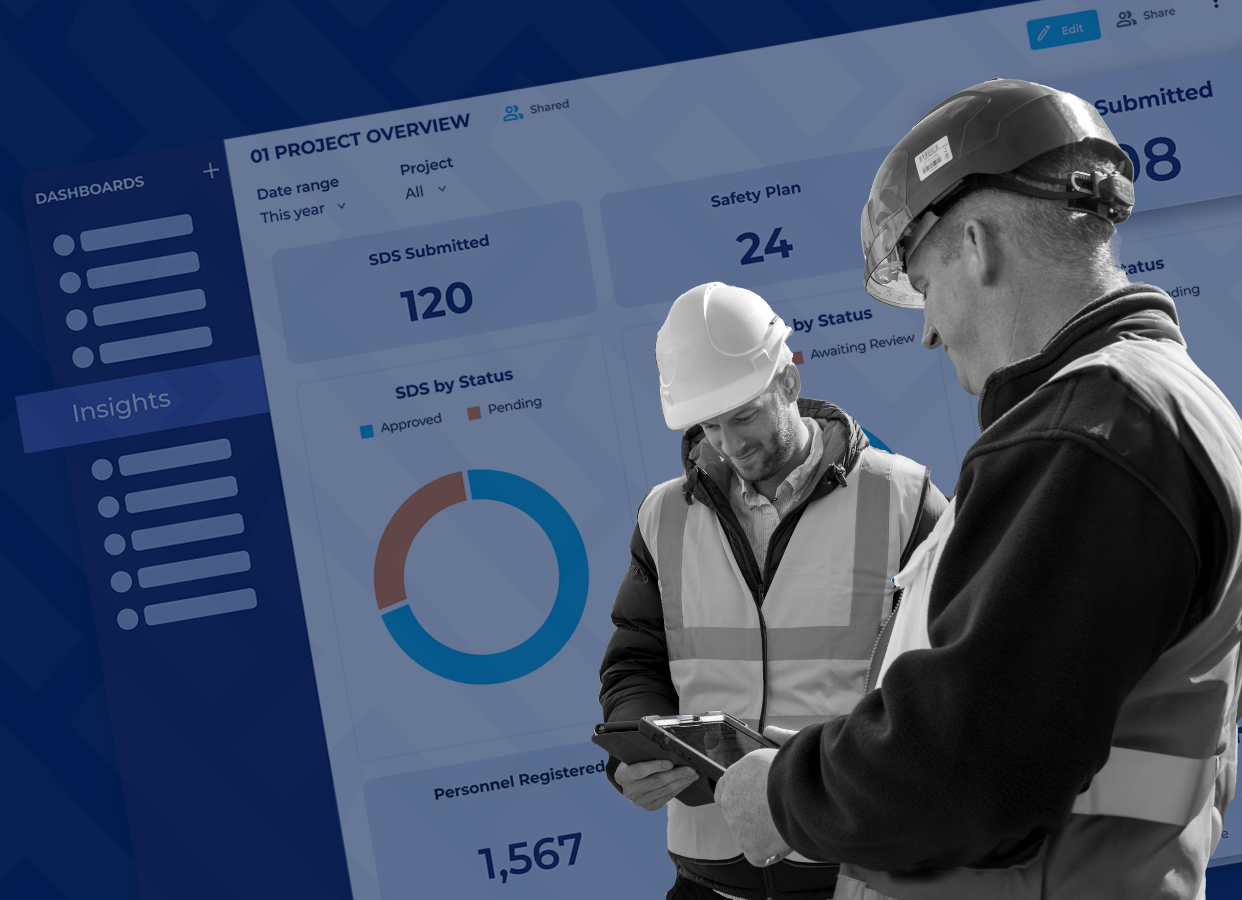While many might disregard the idea of standardization within their contracting company ("no need," "we're fine as we are") without creating and adhering to set guidelines of processes, methodologies, and principles, you could be risking your teams, your reputation, and your bottom line.
What is standardization?
Standardization can mean something different to every company, but overall it simply means conforming to a set of guidelines, processes, or methodologies that have been mandated, or collaboratively designed, to ensure a systematic approach across roles, departments, branches, or regions. It provides a blueprint for all roles to follow a given set of behaviors and ensures role-based processes can be replicated no matter where they are, or what project they are on.
Why should I be thinking about standardizing?
Standardization within construction isn't easy. Given that each project is inherently unique, finding common ground for operational processes can seem too difficult to unify all the steps, people, and change it might require. However, not standardizing carries greater risks and will become more of a management nightmare as time and projects add up. This is a case where you will want to put in the hard work up front to ensure success as you scale.
Standardization will provide a few key benefits:
- Increased safety
- Better insight from usable data
- Quicker and easier employee transitions
Safety is as safety does.
If you aren't sure what steps your safety managers, or site superintendents, follow on each project to ensure safety, there lies your biggest benefit of standardizing. What you don't know, increases your risk.
How are inspections carried out? Are all site teams doing them the same or are they winging it with paper? Maybe one site is using a mobile app for their inspections, and another is using paper. How do you aggregate the information you need to manage safety or audits? And are the operators on each site following the same process? When your company is only managing one or two projects, it might seem easier to simply do things the way they've been done. You can reasonably stay on top of issues from site to site.
But when you expand regionally, or take on more than a few projects, your insights, control, and collaboration quickly gets clouded.
Creating uniform procedures, centralizing data, and standardizing the forms and processes will help you gain control over chaos and start to gather important data on how, when, and if, safety standards are being met. You can baseline your activities and expectations to begin to understand where you are performing well, or where you are taking on more risks or under performing.
What you can't see is hurting your projects (and your growth).
Data is stepping center stage in construction because it's helping everyone on the job site, in the trailer, or in the office make informed decisions that can increase performance, productivity and safety. In fact, according to a Dodge Data Smart Market Report: Improving Performance With Project Data, "contractors who reported better data gathering and analysis reported it increased safety on projects 34%."
In addition, 64% of contractors who responded to the survey listed Safety Data as the most important project data to gather.
If your systems are disconnected, or teams are using paper, different apps, and different processes, you can't aggregate or pull the information you need easily (if at all). Differing processes means you can't create a baseline, and further, can't really see how well you are (or aren't) performing.
For data to be useful, you need it to be based on standardized behaviors. For example, all teams should be doing (x) processes, at (x) intervals. Then you can create a baseline of activity you can begin to chart and measure.
Labor is short and people move or get sick.
What happens when a seasoned, trained employee moves on to another job? Or when (yikes) an employee gets injured and can't continue working? You need a replacement. And fast. But if that employee wasn't following a standard set of processes, could you easily replace them on your job site? The time to train, orient and get that employee functioning in the role would be pretty big, especially if the processes were ad hoc, manual, or disparate.
Standardizing operational processes, like safety, sets uniform behavioral expectations that can be more easily replicated and allows new employees to transition into roles quicker and safer. Because there is structure, a new employee can pick up where the old employee left off, following the guidelines like a road map to success.
How do I go about standardizing my business operations?
The first, and biggest step is uncovering what's happening on your job sites right now. Talk about breaking ground and really digging in... this is the biggest task in standardization: uncovering the truth.
If you think well, this should be happening but aren't 100% sure what is happening, it's time for some discovery and research. Not only do you have to ask your teams, but it might also require stepping on site and observing processes for yourself.
Ask for all key personnel to share their day to day tasks and processes with you. This could be very eye opening because these can vary greatly.
Find out all the technology solutions your employees are using. Chances are, different site teams are using different apps to accomplish the same goal because they like it better, or they thought it was easier to use. If your teams are using different tech, then most likely, they're following different processes... that's a big red flag!
Form a committee. Gather your key influencers and top performers and bring them into a working session on pre-start and field operations. Make this committee your counselors on processes and change management. Ask questions, gain consensus and start to build out best practices for key roles and processes so you can build standards for your business practices that not only make sense, but will actually work. (No sense in standardizing operations that are unreasonable to follow).
Start small. Grow into your new shoes.
If you know you need to start creating some standard processes across all your job sites, I suggest you start locally, stretch regionally, then nationally. Big bites are hard to chew.
Small starts allow you to troubleshoot, understand how to combat issues, and provide manageable change. Plus, it helps you begin to gain support for new standards by "proving" out the concepts, and gaining advocates for the new processes that need to be followed.
Standardization is more than making sure everyone operates the same way across all your job sites. It's about being able to enact safer protocols, which means safer teams. It's about creating efficiencies for both day to day performance, but also training. It's about seeing your leading, lagging and trending indicators, and ensuring your team's performance is above your baseline set of expectations.





